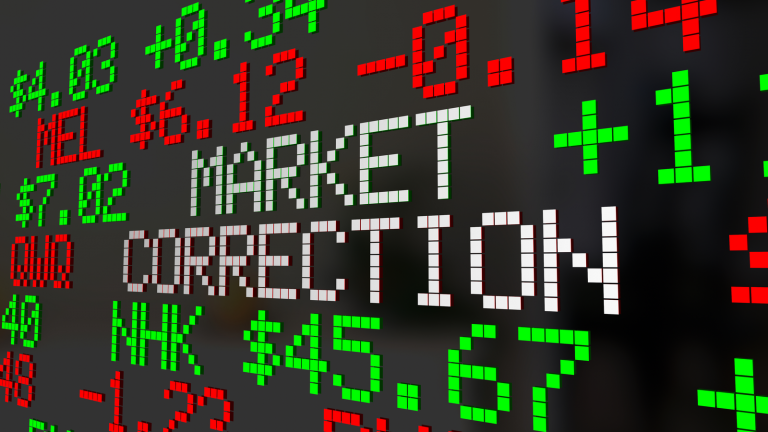If you’ve followed me on Twitter in 2023, you know that I kept calling out the month of March as the point where conditions favored the return of volatility. This was based on several of the signals I watch and the timing of when those signals tend to trigger reactions in the market. Those conditions initially favored a spike in volatility closer to the end of the month, but it ended up happening earlier when SVB Financial’s (OTCMKTS:SIVBQ)) Silicon Valley Bank and Signature Bank (OTCMKTS:SBNY) both failed.
It’s important to point out that conditions in March favored higher volatility but not necessarily with direction. April is looking increasingly as if conditions could be favoring both volatility and a directional move to the downside. The natural reaction might be to conclude that the issues taking place in the banking sector would be the trigger. I’m not so sure this will be the case. I believe that the banking sector may just be a window dressing covering up a larger issue at play.
The core factor in the collapses of SVB and Signature was poor risk-management practices that resulted in a steep duration mismatch in their fixed income portfolios. What was the root cause of that duration mismatch? The Fed’s rate-hiking cycle. During the zero interest-rate policy (ZIRP) era, when Treasury yields fluctuated in a relatively tight range and the entire curve was narrow, there was much more latitude in interest rate management. Now that the Fed Funds rate has increased by nearly 500 basis points in just over a year, it’s triggered some serious volatility in a bond market that may only just be starting to catch up.
A lot of investors underappreciate the fact that interest rate increases take time to manifest. Sure, they’ll show up pretty quickly in the rates you can get buying T-bills and maybe even mortgage rates. To see those rate increases show up in how corporations and governments do business takes some time, usually several quarters, and I think we’re finally nearing the time when the bill is coming due.
Is a Market Correction Coming?
Outside of the regional bank failures, we almost saw the U.K. gilts market fail back in October. Both the commercial and residential real estate markets are looking very vulnerable here, the former due to lingering effects of the work-from-home trend and the latter due to soaring interest rates pricing homebuyers out of the market and over-construction. Corporate borrowing costs are rising, which limits new investment. Consumers are getting tapped out. All of this takes root in rapidly rising interest rates. The fact that the Fed continues to raise rates today even after all of this has happened suggests pretty strongly that it’s already overtightened, and we’re about to feel the effects of it.
The path of asset class returns is also an important factor to consider here. Since the Fed started raising rates at the end of 2021, stocks and bonds have mostly maintained a positive correlation. That manifested itself in a historic way in 2022 when long-term Treasuries fell by more than 30% and, for the first time in history, failed to act as a counter-risk to a correction in equities. That behavior has carried forward into 2023 with stocks and bonds both getting off to a strong start in Q1.
Conditions suggest this may be ready to end. The positive correlation between stocks and bonds has been a function of the Fed’s aggressive rate-hiking cycle. With the Fed likely to end hiking rates sometime in Q2, it could usher in the return of traditional intermarket dynamics where stocks and bonds typically move in opposite directions. Given recent deterioration in economic fundamentals, the return of the flight to safety trade and higher volatility levels, conditions favor stocks being the asset class that breaks.
My short-term and intermediate-term risk signals are all flashing risk-off at the moment. This doesn’t necessarily mean that a market correction is imminent, but a lot of the signs that I watch closely suggest that it’s time to be very cautious with risk assets.
On the date of publication, Michael Gayed did not hold (either directly or indirectly) any positions in the securities mentioned in this article. The opinions expressed in this article are those of the writer, subject to the InvestorPlace.com Publishing Guidelines.

